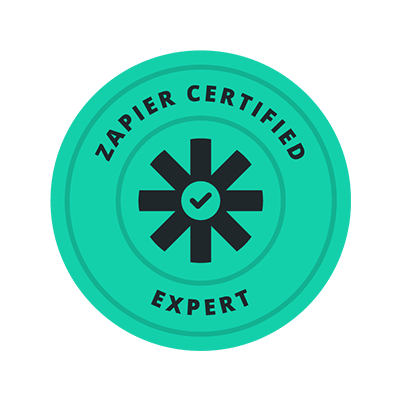How to Simplify Technology Adoption and Change Management
Adopting new technology can feel like a daunting challenge. It often comes with concerns about the workload it places on teams and individuals to execute the change. However, while implementing new technology can be difficult, it is often the right move for growth and efficiency. This guide outlines actionable strategies to simplify the process of adopting and managing new technology in your organization.
Step 1: Focus on User Experience and Interface
One of the most overlooked factors in selecting technology is the user experience (UX) and user interface (UI). The way an app looks and feels plays a critical role in ensuring successful adoption. If your team doesn’t enjoy working with the app, they’re less likely to use it effectively, even if it solves all your pain points. Consider apps that are not only functional but also intuitive and enjoyable for your team to work in.
Step 2: Get the Team Involved Early
Involving your team early in the process is a game-changer. Here’s how to do it:
- Assign a Champion: Designate someone who will use the app regularly to be involved in the selection and implementation process. This person should understand both the current workflows and the needs of the team.
- Engage in Change Management: Having a team member deeply involved ensures they can help train others, troubleshoot, and advocate for the app’s value. This approach fosters smoother adoption across the team.

Step 3: Test and Take Your Time
Adopting technology is a marathon, not a sprint. Rushing implementation can lead to unnecessary frustration and mistakes. Instead:
- Pilot with a Small Group: Start with a small group—the champion or a subset of users—to test the app before rolling it out to the entire team.
- Consider Seasonality: Plan implementation during slower periods in your business cycle, avoiding busy seasons where teams are already stretched thin.
- Iterate Gradually: Use early testing to refine workflows and address potential challenges before the full rollout.
Step 4: Document Your Processes
Documenting both your current and future workflows is crucial for successful technology adoption. Here’s why:
- Visualize Current State: Map out how your team currently uses existing tools and processes. This includes identifying specific fields, features, and workflows.
- Define Future State: Use the insights gained during testing to outline how processes will look in the new system. Having these two representations side-by-side makes it easier to guide your team through the transition.
Documentation also helps uncover inefficiencies and gaps in your current workflows, ensuring the new technology addresses the right problems.
Step 5: Build Confidence Through Training and Support
When it’s time to roll out the app to the full team:
- Provide Clear Training: Use the pre- and post-state documentation to create a roadmap for your team, highlighting how their workflows will change.
- Leverage Champions: Your champions become internal advocates, answering questions and providing support to their peers.
- Test in Real Scenarios: Use real workflows during training sessions to familiarize your team with the app’s functionality and benefits.
How We Automate Your Firm
Process Documentation
Schedule a process documentation session to help your team uncover automation potential.
Development
Sit back as we build the custom automations for your business. On average, this takes around 4-8 weeks.



